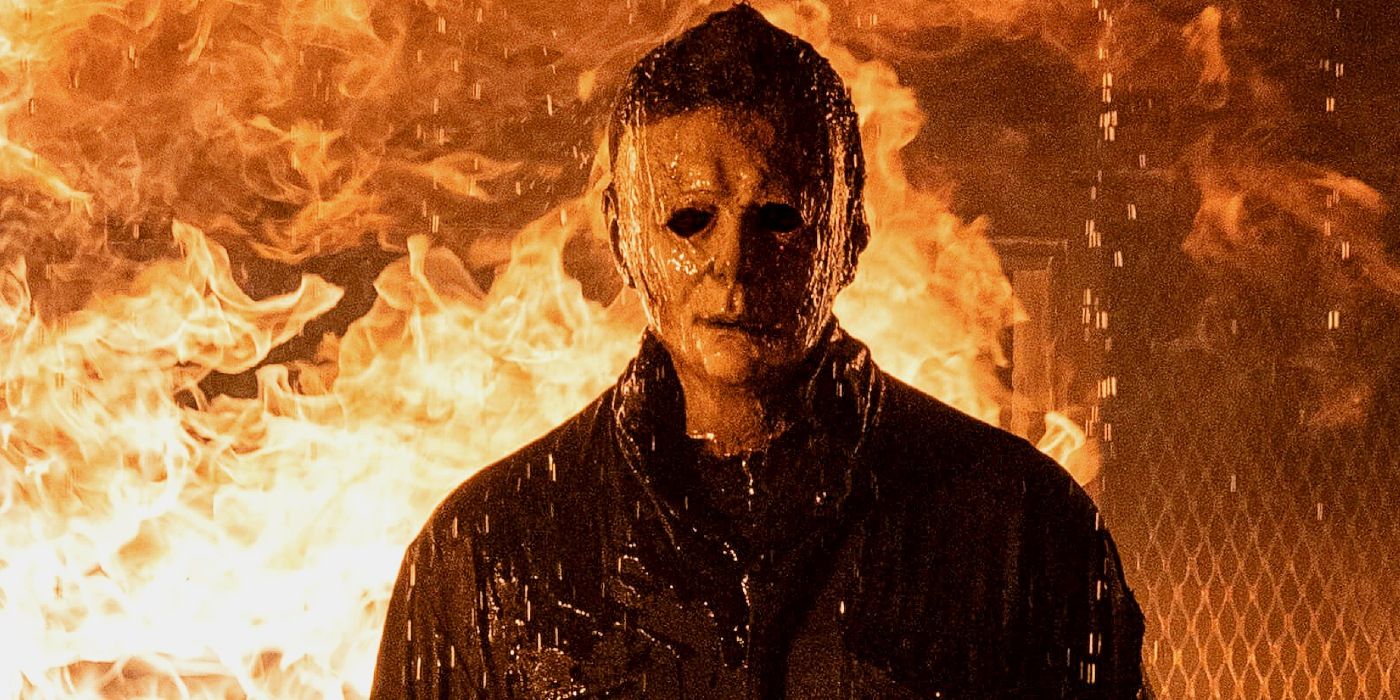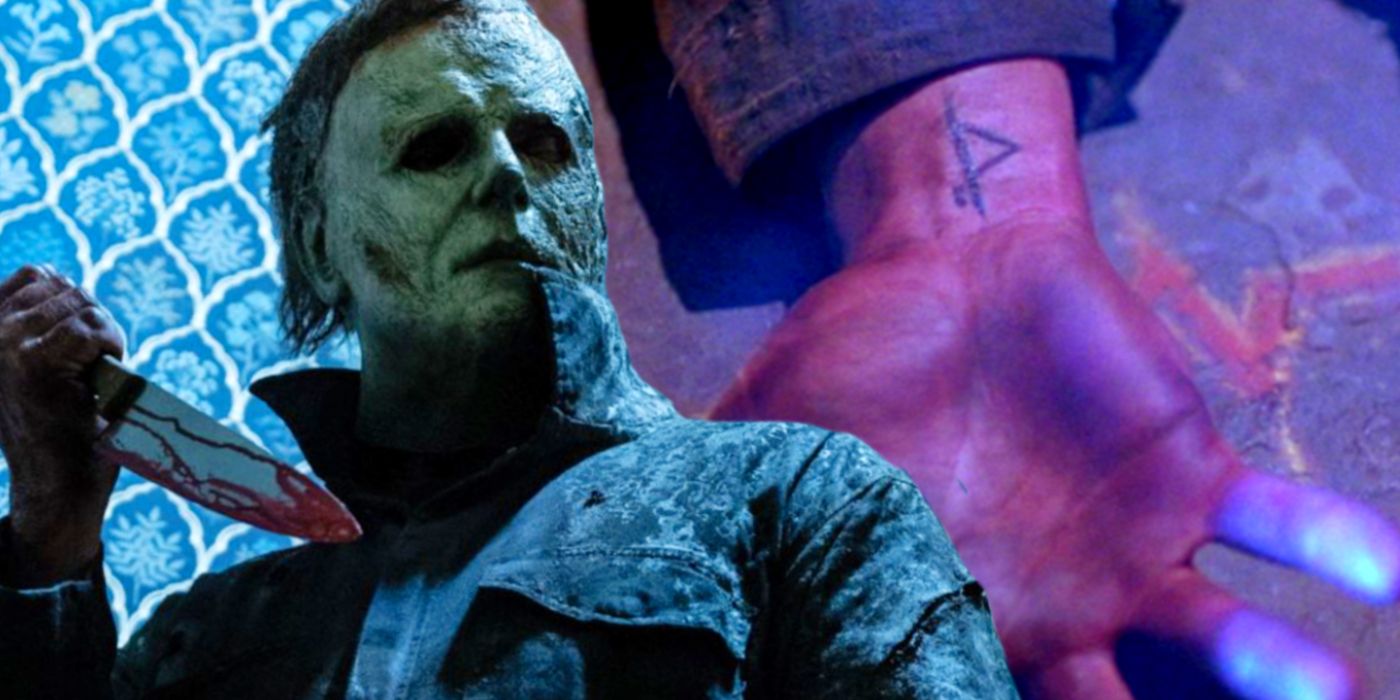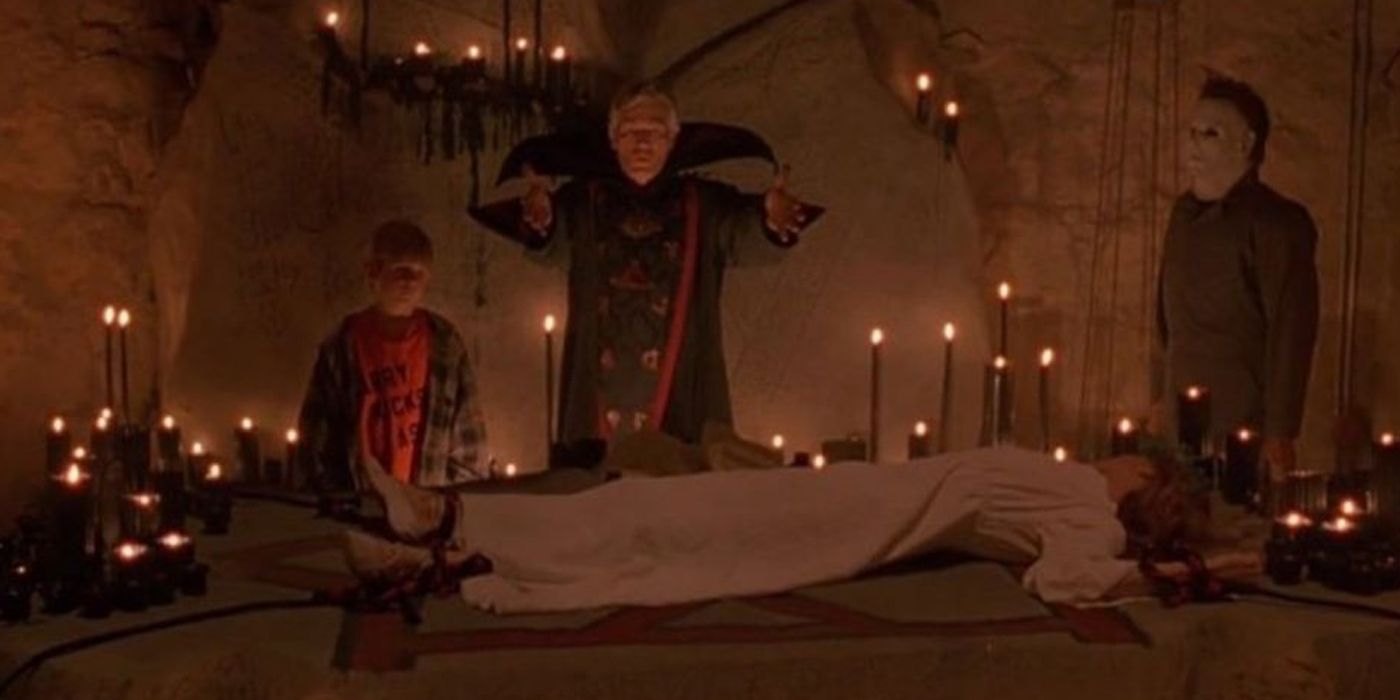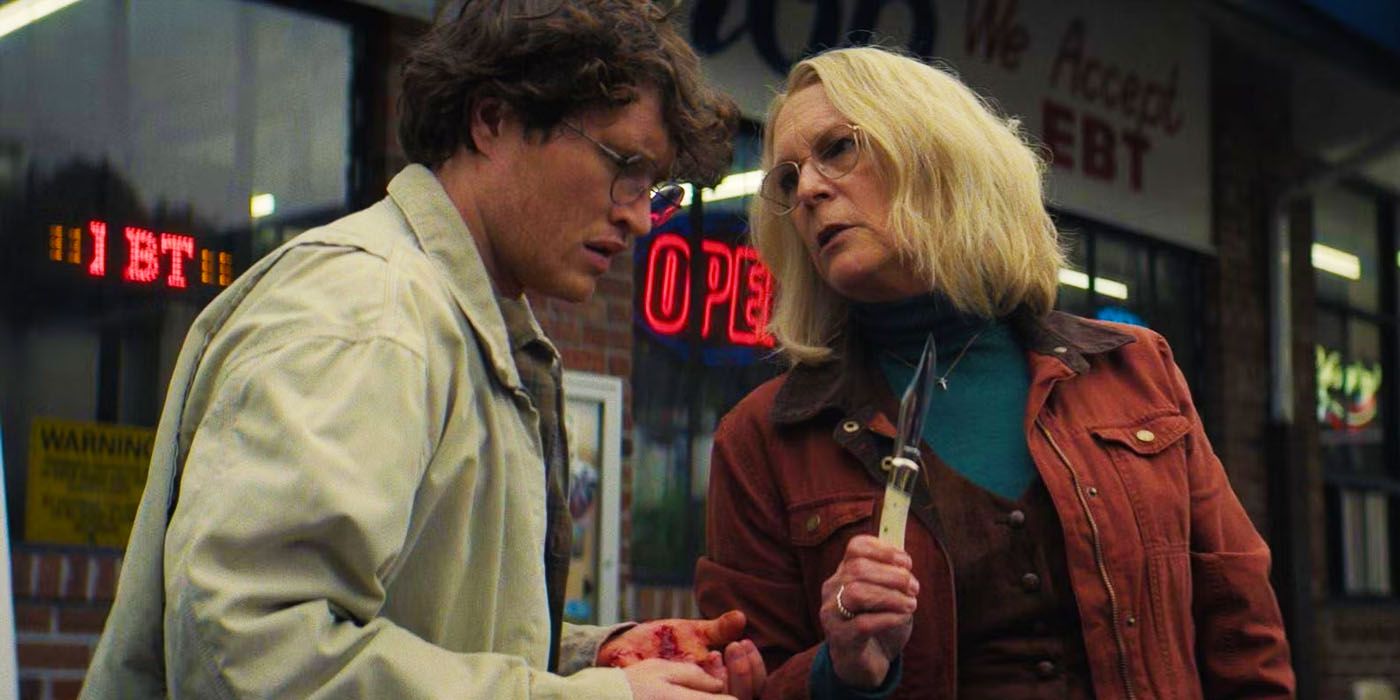Warning: Major spoilers for Halloween Ends!Halloween Ends doesn't feature the Man in Black or any druid connections, but the sequel indirectly mentions the Cult of Thorn while disproving its existence in canon. The Cult of Thorn was first teased in Halloween 5: The Revenge of Michael Myers before fully uncovering the lore in 1995's Halloween: The Curse of Michael Myers. Though both sequels were retconned with David Gordon Green's Halloween reboot trilogy, there were hints that supernatural elements like the Cult of Thorn could come into play in the newer franchise entries.
With supernatural elements still a plausibility leading into Halloween Ends, there's no question that some viewers would be on the lookout for references like topics such as the Cult of Thorn. One such moment occurs when Laurie Strode confronts Corey Cunningham in the abandoned Allen house. While her intentions are to keep Corey away from her granddaughter Allyson, she's also concerned about the evil residing in him. At one point, she brings up two different forms of evil. First, she mentions an "external force," which she claims "threatens the well-being of the tribe." This form sounds eerily similar to the ancient demon introduced in Halloween 6, especially with the "tribe" mention since it links to the Cult of Thorn legend. However, Laurie quickly debunked the Cult of Thorn connection, siding with evil being like a "sickness or infection."
Halloween's Cult Of Thorn Explain & How It Connects To Michael Myers
The Cult of Thorn was a major focus of Halloween 6's theatrical version, but the Producer's Cut took the lore even further. Dating back several millennia, druid tribes were said to sacrifice a child for possession in order to prevent mass killings within the tribe. That child would gain supernatural abilities and be forced to kill its family on Halloween night, aka Samhain. To explain Michael Myers' power and murderous motivation, it was said that Michael was sacrificed to the Thorn entity, explaining his various rampages.
The Man in Black teased in Halloween 5 was later revealed to be Terence Wynn, the leader of the Cult, who had ties to Smith's Sanitarium with ambitions to clone Michael Myers. Michael even had the Mark of Thorn on his wrist, showing the ancient demonic entity currently possessed him. In the end, Michael turned on his own tribe, killing the Man in Black.
Why Some Were Convinced Halloween Ends Would Make Cult Of Thorn Canon
Halloween 6's Cult of Thorns aspect may have been erased by the current reboot timeline, but there were theories that it would return to canon. Michael Myers' mortality has been debated since 1978's Halloween when he survived being impaled in the eye, shot multiple times, and fell off a balcony. In fact, Michael continues to receive injuries that would kill an ordinary human in Halloween and Halloween Kills, and yet, he always manages to survive. Based on his inhuman abilities, there was a belief a supernatural aspect could be introduced; specifically, the Halloween Kills flirtation with the Cult of Thorn in explaining how Michael Myers was "pure evil."
What Laurie Strode Means When She Calls Corey's Evil Nature As An "Infection"
After the Halloween Kills tease, it's fitting that Halloween Ends would make a secret reference to the Cult of Thorn. Rather than confirm Michael and Corey's evil nature as an external force connected to an ancient druid legend, Halloween Ends skirts around the supernatural explanation. Instead, the movie uses the "infected" form of evil to describe what Michael and Corey are harboring inside of them. Whether it always lived inside or was unlocked in some way, Laurie believes that Corey, specifically, is suffering evil as if it was a disease.
Interestingly, Corey receives a large cut on his hand around the same time he first encounters Michael Myers. As Corey continues down the dark path by Halloween Ends' ending, the wound on his hand becomes infected, just like the evil taking over his body. It's almost as if the evil is destroying his mind and his body in different ways. By labeling Halloween's evil as an infection, the current canon continuity essentially throws away the Cult of Thorn idea.
In the end, using the infection explanation is the more logical choice. Introducing a major supernatural element in this Halloween franchise story's concluding film would have been too late to delve into the mythology fully. However, there's another fun tease to the holiday's lore and its connection to the curse through the title of Laurie's book: Stalkers, Saviors and Samhain. Granted, if the franchise continues beyond Halloween Ends, there's no reason the series couldn't bring back supernatural elements or create new ones to explore.



